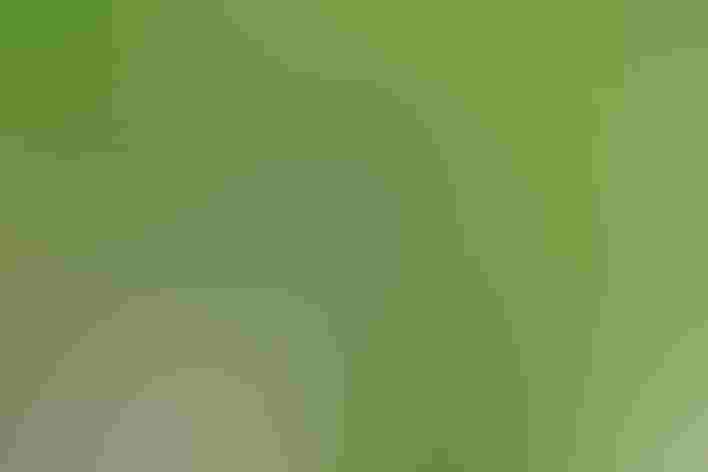Black-throated Blue Warbler
At a Glance
The lazy, buzzy song of the Black-throated Blue Warbler comes from the undergrowth of leafy eastern woods. Although the bird usually keeps to the shady understory, it is not especially shy; a birder who walks quietly on trails inside the forest may observe it closely. It moves about rather actively in its search for insects, but often will forage in the same immediate area for minutes at a time, rather than moving quickly through the forest like some warblers.
All bird guide text and rangemaps adapted from Lives of North American Birds by Kenn Kaufman© 1996, used by permission of Houghton Mifflin Harcourt Publishing Company. All rights reserved.
Category
Perching Birds, Wood Warblers
Conservation
Low Concern
Habitat
Forests and Woodlands, Shrublands, Savannas, and Thickets
Region
California, Eastern Canada, Florida, Great Lakes, Mid Atlantic, New England, Northwest, Plains, Rocky Mountains, Southeast, Southwest, Texas, Western Canada
Behavior
Direct Flight, Flitter
Population
2.400.000
Range & Identification
Migration & Range Maps
Migrates mostly at night. Travels to and from Caribbean mostly via Florida; rare farther west on Gulf Coast. Fall migration often lasts through October, and strays in West may appear even later.
Description
5" (13 cm). Male may look mostly black in the shadows, but has white belly, white wing spot. Female plain dark above, buff below, with white wing spot (faint on some young females), dark cheek patch.
Size
About the size of a Robin, About the size of a Sparrow
Color
Black, Blue, Brown, Tan, White
Wing Shape
Rounded
Tail Shape
Notched, Square-tipped
Songs and Calls
Song a husky, rising zwee-zwee-zwee.
Call Pattern
Flat, Rising
Call Type
Buzz, Chirp/Chip, Hi, Whistle
Habitat
Interior of hardwood and mixed deciduous-coniferous forests. Breeds in large areas of relatively undisturbed forests of maple, birch, beech, eastern hemlock, spruce, and fir; mainly in forest containing a dense undergrowth of shrubs (especially rhododendron bogs) and vine tangles. During migration, tends to be in shrubby or forested places. In winter, inhabits dense tropical woods as well as fence rows and gardens.
Sign up for Audubon's newsletter to learn more about birds like the Black-throated Blue Warbler
Behavior
Eggs
4, sometimes 2-5. Creamy white, with blotches of reddish brown and gray concentrated at larger end. Incubated by female only, 12-13 days. Cowbirds rarely parasitize nests, possibly because this species tends to nest deep in forest interior.
Young
Fed by both parents. Young leave nest after 8-10 days, but fly poorly at this stage. Male often becomes sole provider for fledglings, while female begins 2nd or 3rd nest. Female usually becomes main provider for last brood of season. 2 or occasionally 3 broods per summer.
Feeding Behavior
More methodical in its foraging than many warblers, working over an area thoroughly in the forest understory or lower levels of trees. Forages by gleaning insects among foliage or by hovering briefly to take items from undersurface of leaves. Males tend to forage higher than females in summer. Frequently seen robbing insects from spiderwebs. Will join mixed flocks with other birds on migration and in winter. Establishes winter feeding territories, chasing away others of its own kind.
Diet
Mostly insects. In summer, feeds mostly on insects, especially caterpillars, moths, and crane flies, also spiders. In winter, continues to eat many insects, but also takes seeds, berries, small fruits, and flower nectar. Will visit hummingbird feeders for sugar water.
Nesting
Some males have more than one mate. Pairs are faithful between seasons, 80% of returning birds nest with previous year's mate. Nest site in thick shrubs (such as laurel, alder, rhododendron, viburnum) or saplings, in a fork within 6' of ground, sometimes with leaning dead branch as extra support. Female builds nest, male helps by supplying materials; nest is open cup of bark strips, cobwebs, plants fibers, lined with pine needles, moss, and hair.
Climate Vulnerability
Conservation Status
Requires tracts of unbroken forest for nesting, so undoubtedly has declined in some areas. Could be vulnerable to continued loss of habitat in both summer and winter ranges.
Climate Threats Facing the Black-throated Blue Warbler
Choose a temperature scenario below to see which threats will affect this species as warming increases. The same climate change-driven threats that put birds at risk will affect other wildlife and people, too.






